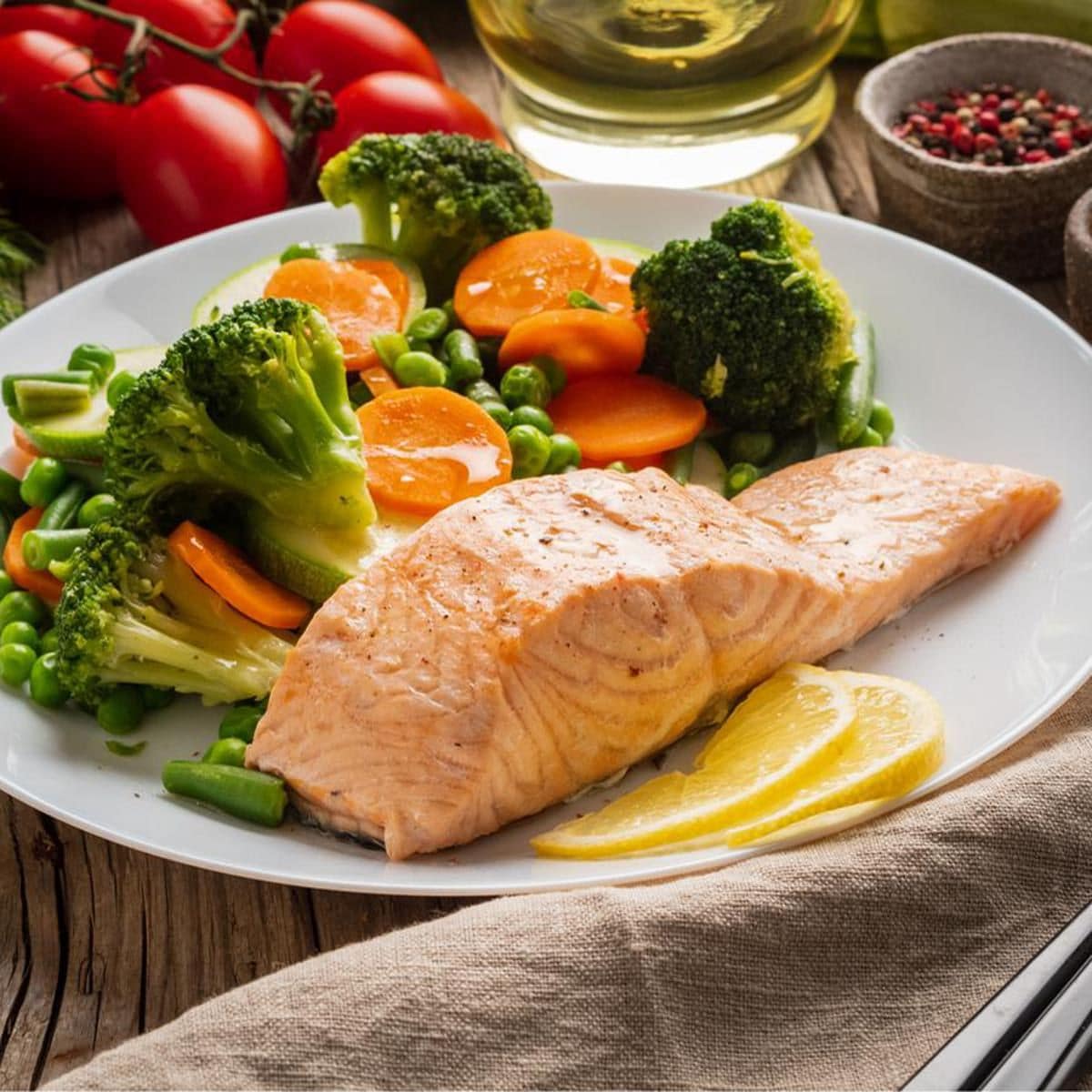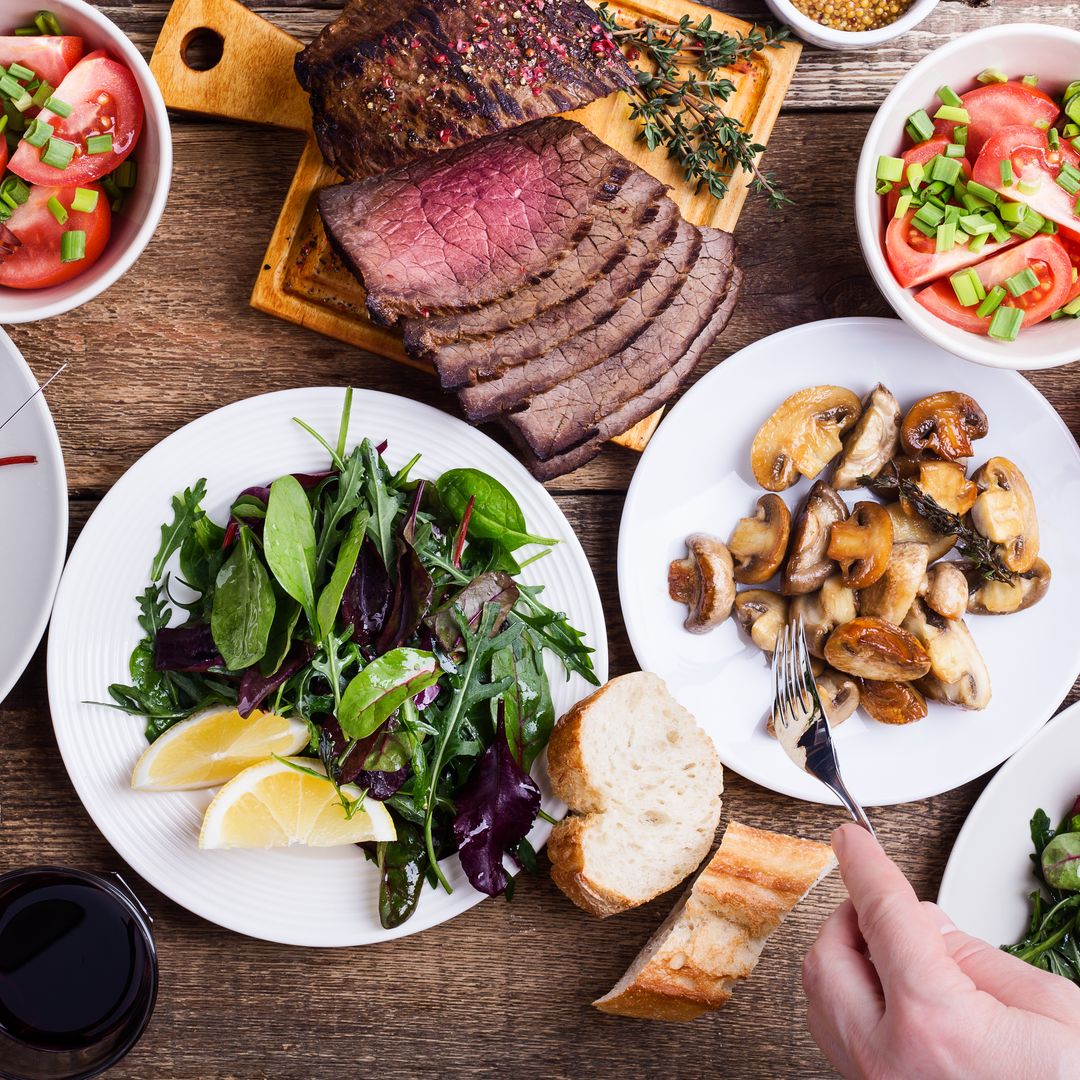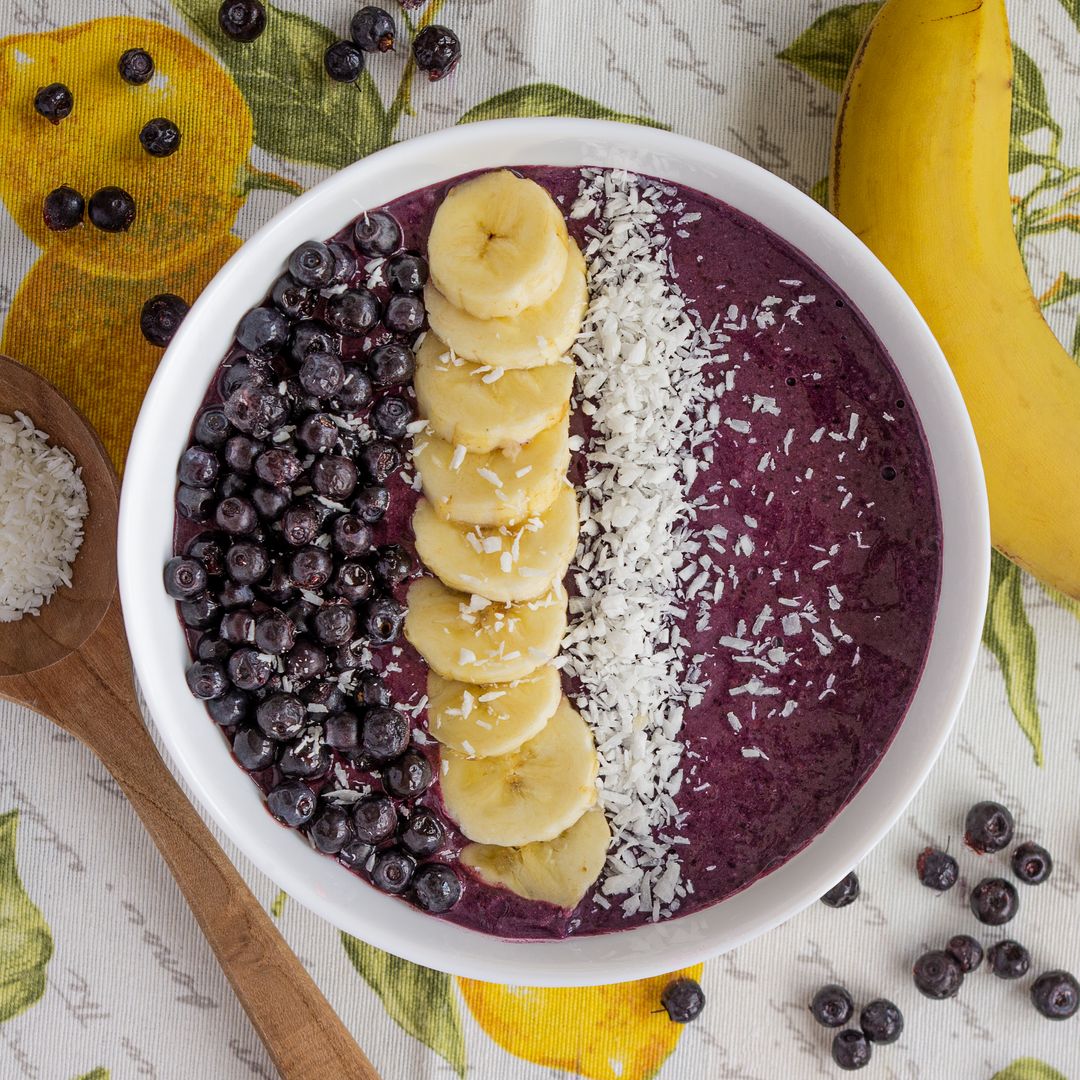Searching for diet advice online can be exhaustive and may lead to unreliable sources. However, by better understanding the most common types of diets, you can decide which one works best for your lifestyle and overall goals.
Nutritionist Anthony O’Reilly from BarBend has revealed to HOLA! USA a guide to the most popular diets online and their pros and cons.
 © Canva
© CanvaIntermittent Fasting
Intermittent Fasting involves consuming all your calories within a set period and fasting for the rest of the day. There are different approaches to intermittent fasting, the most popular being an 8:16 split – meaning you consume your calories in an eight-hour eating window and fast for the other 16 hours of the day.
You can also do a 10:16, 16:10, or even a 6:20 eating: fasting split. The concept is that you will eat fewer calories since you are squeezing them into a narrower timeframe instead of consuming them throughout the day.
Intermittent Fasting is the most popular diet online, receiving a huge 1.2 million average monthly searches worldwide. Kourtney Kardashian and Jennifer Aniston are among the many celebrities to endorse the benefits of Intermittent Fasting.
Advantages of Intermittent Fasting: Leads to weight loss help improve insulin resistance, reduce oxidative stress on your cells, stabilize blood sugar levels, and reduce the risk of strokes.
Disadvantages of Intermittent Fasting: It can be challenging to stick with long-term due to low energy, cravings, habits, and the discipline required to stick to the specific time frames. Studies investigating intermittent fasting also point to specific side effects that may occur during the fasting stage, for example, mood swings, constipation, dehydration, or diminished sleep quality.
 © GrosbyGroup
© GrosbyGroupMediterranean Diet
As the name suggests, the Mediterranean diet is inspired by the eating habits of people who live near the Mediterranean Sea, for instance, Greece, Italy, Spain, etc., who have some of the longest life expectancies in the world. The diet is rich in heart-healthy foods such as vegetables, grains, fish, fruit, olive oil, and nuts.
Consumption of red meat is kept to a minimum, and dairy intake is moderate and consists of high-quality sources such as yogurt and cheeses. The Mediterranean diet is the second most popular online, receiving 610,000 global monthly searches worldwide.
Advantages of the Mediterranean diet: It leads to weight loss. An easy diet for people to adhere to compared to intermittent fasting and the paleo diet. When adhered to, the diet has also been found to reverse symptoms of diabetes and cardiovascular diseases.
Disadvantages of the Mediterranean diet: The diet does not have clear calorie guidelines. Some foods are costly.
 © Istock
© IstockPaleo Diet
The Paleo diet, sometimes called “the Caveman diet,” involves only eating meat, fish, vegetables, fruit, nuts, and seeds. Any grains, dairy, processed foods, beans, legumes, and sugars must be avoided while adhering to this diet.
The Paleo diet is the third most popular diet online, with an average of 200,000 monthly global searches. Celebrities such as Matthew McConaughey, Miley Cyrus, and Uma Thurman reap the Paleo diet’s benefits.
Advantages of the Paleo diet: Studies have shown that it is effective in helping people lose weight, drop their blood pressure, and improve other blood markers.
Disadvantages of the Paleo diet: Many researchers highlight the lack of evidence of the diet’s effects on health and that more research needs to be done. Researchers warn against the diet’s exclusion of whole grains, which have been shown to ward off heart disease and diabetes.
 © GettyImages
© GettyImagesCarnivore Diet
The carnivore diet is the exact opposite of veganism. Carnivore devotees only eat animal-based products, such as meat, cheese, milk, animal-based fats, and eggs. There are no grains, no vegetables, and no fruits. Also known as the Zero Carb diet, this diet is the fourth most popular online and receives an average of 126,000 monthly searches worldwide.
Advantages of the Carnivore diet: There is proof that it can lead to weight loss significantly since protein increases the body’s thermic effect of feeding —the energy it takes to digest food. Carnivore diet followers have claimed it can fight inflammation and prevent nutrient deficiencies.
Disadvantages of the Carnivore diet: The lack of fruits and vegetables may lead to an increased risk of heart disease, cancer, and overall risk of death.
 © Istock
© IstockSirtfood Diet
Thanks to Adele and Pippa Middleton’s endorsements, the Sirtfood diet has recently grown in popularity. The diet focuses on foods high in sirtuins, a group of proteins found in the body that regulate metabolism. Foods high in sirtuins include red wine, dark chocolate, walnuts, arugula, coffee, and extra-virgin olive oil.
The Sirtfood diet receives 52,000 average monthly searches, making it the fifth most popular diet online worldwide.
Advantages of the Sirtfood diet: Many foods recommended on the Sirtfood Diet contain beneficial micronutrients and antioxidants.
Disadvantages of the Sirtfood diet: There is little proof that the Sirtfood diet leads to weight loss or better health. You must follow a strict routine.
 © Photo by Travis Yewell on Unsplash
© Photo by Travis Yewell on UnsplashKeto Diet
In recent years, the Ketogenic diet has arguably been one of the most discussed and debated. Keto, as it is called for short, prioritizes fat (65-75 percent of your daily calories) with moderate protein consumption (20-30 percent) and very few carbs (only about five percent, though some versions prohibit carbs altogether).
The Keto diet ranks as the sixth most popular diet online, with 4,4000 average monthly searches worldwide. The Keto diet was designed to keep the body in a near-constant state of ketosis. In this metabolic state, the body creates ketones from fat to use as energy instead of sugar from carbs (the body’s primary and preferred energy source).
The Keto diet has become more popular in the last few years, especially among the Hollywood elite, with celebrities such as Vanessa Hudgens and LeBron James committed to the Keto diet.
Advantages of the Keto diet: There have been claims Keto may help treat cancer and even respiratory illnesses. It can lead to weight loss and lower blood sugar in people with diabetes.
Disadvantages of the Keto diet: Several studies point out Keto is no more effective for weight loss when calories are matched with other diets.
 © GettyImages
© GettyImagesConclusion
It is important to note that none of these options are the be-all, end-all for your health needs. You can lose weight on any diet, so long as you are in a calorie deficit (that is, you burn more calories than you consume). Prioritize calories first, and then choose a diet based on your preference.
Studies have also shown that the quality of food is just as important as the number of macronutrients (protein, carbohydrates, and fats) you take in. In other words, if you’re following a low-carb diet, you must also ensure you’re eating quality fats and protein. Conversely, opt for whole grains over refined starches if eating a diet lower in fat.
,type=downsize)




